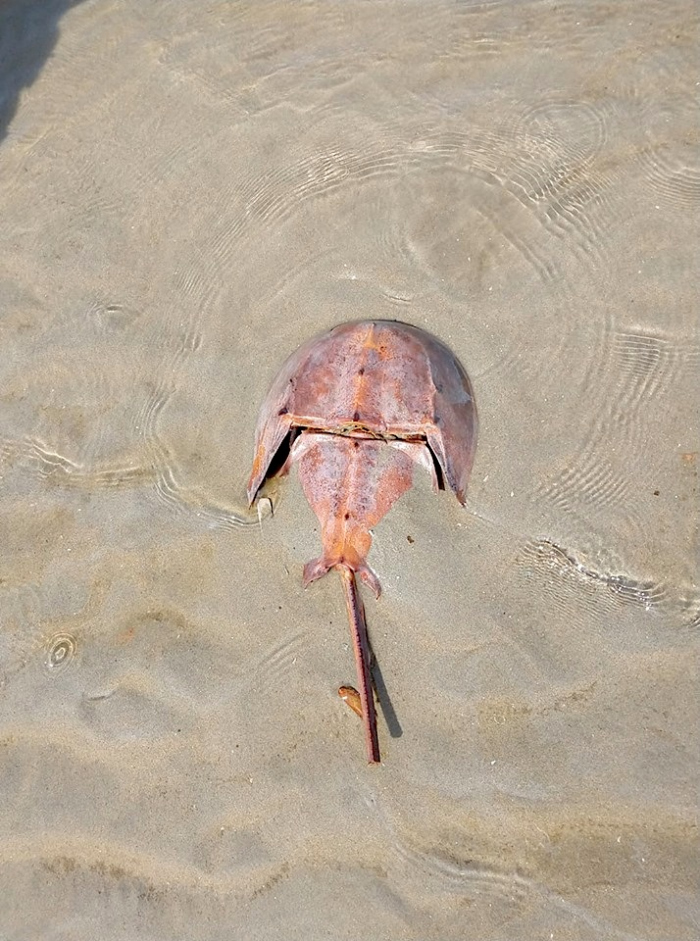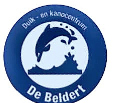Horseshoe crab washed ashore on Dutch beach in Zandvoort
This article was posted on 24 July 2019
Special animals with blue blood that is tapped for medical use.
Today a Horseshoe crab washed ashore on the beach of the Dutch city of Zandvoort. The animal was photogrphed by Dorien Schöder. The find is special because the Horseshoe crab doesn't occur in these regions. Horseshoe crabs are exceptional. Their blue blood has been tapped by mankind since the 1970's to detect bacterial infections. Photo: Dorien Schröder. Watch video:
Precious blue blood
Horseshoe crabs are unique for even more reasons. They seem to come straight from prehistoric times and their blue blood is not only special but also very expensive. A gallon costs no less than 60,000 dollars. The blood plays an important scientific role in the detection of bacterial infections. Therefore, these animals are fished on a massive scale. Thirty percent of the blood of each captured animal is drawn off, after which they are released. Nevertheless, the population of these animals is rapidly declining, partly as a result of this abuse.
Horseshoe crab in the Netherlands
Dorien photographs the Horseshoe crab when she sees it lying on the beach of Zandvoort, but then walks on. It's unclear whether the animal was still alive. "Horseshoe crab washed ashore in Zandvoort," she posts on her Facebook page. I don't think this is their normal range, but I might be wrong?" The crab is commonly found in the Gulf of Mexico and along the edge of the northern Atlantic coast of North America. During the mating season, many Horseshoe crabs can be found in Delaware Bay and very occasionally in Europe.









Comment to this article